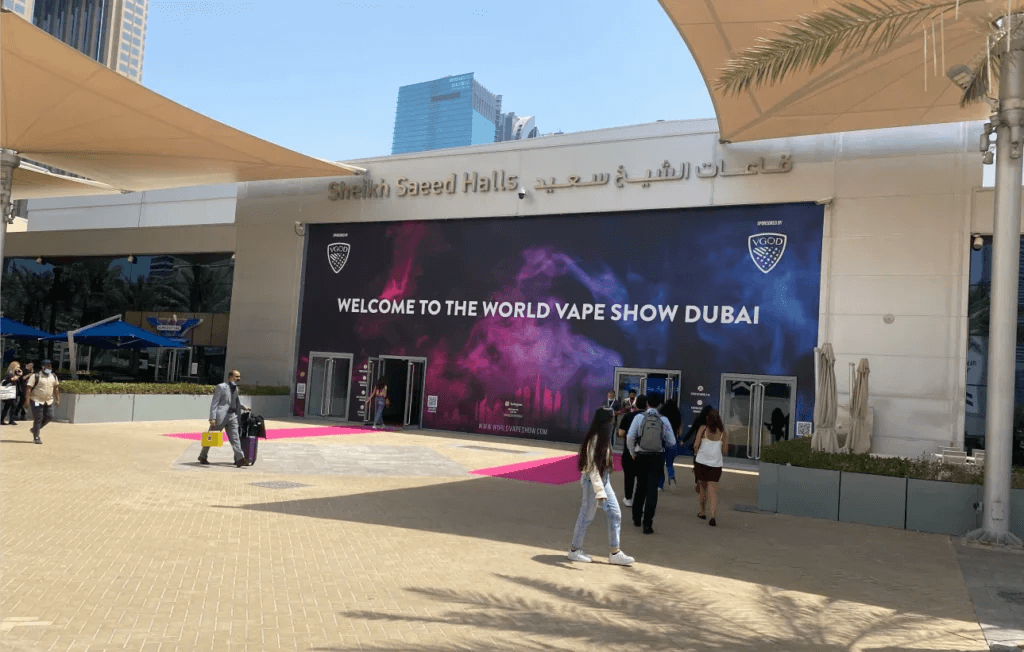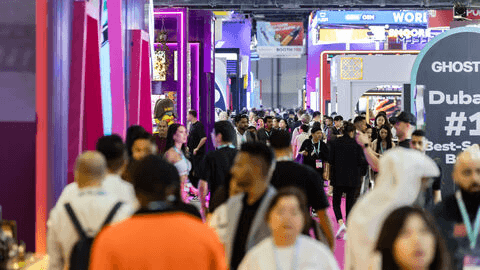
The World Vape Show 2025 officially opened its doors on June 18 at the Dubai World Trade Centre, drawing over 300 exhibitors from around the globe. Spanning categories such as vape devices, heated tobacco products, and nicotine pouches, the event showcased innovations in hardware, e-liquid formulation, materials, packaging, and integrated solutions.
Despite the impressive exhibitor lineup and continued participation from major manufacturing hubs—especially China—the overall energy of the event felt noticeably subdued. Compared to previous years, both the footfall and exhibitor enthusiasm seemed to have taken a step back, prompting many industry participants to reflect on the broader changes taking place.
One visible trend was the prevalence of transparent tank designs across product lines, a feature increasingly common among brands responding to consumer demand for clarity and innovation. New entries highlighted modularity, adjustable flavor features, and digital interface elements—an indicator that product differentiation remains a core focus in a maturing market.
However, several external and internal factors contributed to the event’s softer performance this year. Notably, air travel disruptions in key regional markets such as Iran—traditionally a strong buyer base—led to a noticeable drop in international visitors. These logistical hurdles underlined how geopolitical and regulatory shifts can quickly impact global supply chains and trade shows alike.

More fundamentally, the vape industry is undergoing a period of consolidation. As market concentration increases, resources and attention are shifting toward dominant players with established distribution networks and brand loyalty. For smaller and mid-tier companies, trade shows are becoming less about lead generation and more about visibility and networking—a role increasingly being replaced by digital marketing, private domain traffic, and localized activation strategies.
The changing dynamics of the World Vape Show reflect a broader transformation sweeping through the nicotine alternatives sector. In-person expos, once essential for deal-making and launching new SKUs, are gradually being reassessed in terms of ROI. As the industry evolves, success will hinge on adaptability: companies will need to pivot quickly, embrace omnichannel engagement, and align with emerging regulatory landscapes and consumer preferences.
In essence, this year’s Dubai show wasn’t just quieter—it was a signal. The future of the vape business lies beyond exhibition halls, in strategies that combine innovation with agility, and physical presence with digital fluency.
